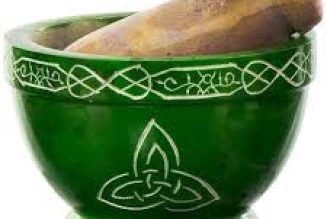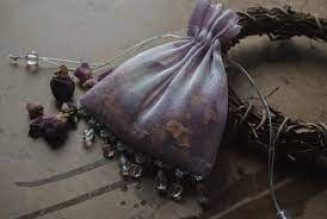A mass witch hunt in Arras, northern France.
The accused were brutally tortured and promised their lives, then burned at the stake.
The incident roused the ire of the duke of Burgundy, and eventually those executed were posthumously exonerated.
The witch hunt was one of the earliest in the region. Inquisitors used charges of witchcraft against heretics such as the Waldenses, or Vaudois, a religious sect under persecution.
The Arras affair began at Langres in 1459, when a hermit, who may have been suspected of being one of the Vaudois, was arrested.
Under torture, he admitted attending a sabbat (the Vaudois were said to hold nocturnal revelries in worship of the Devil) and named a prostitute and an elderly poet of Arras as his companions.
The hermit was burned at the stake, and the inquisitors arrested and tortured his accomplices.
They, in turn, confessed and named others.
A widening pool of accusations, arrests, tortures and confessions spread through Arras, including not only poor and feebleminded women but persons of importance.
The inquisitor of Arras was spurred on by his zealous superiors, two Dominican monks.
The Dominicans believed that one-third of the population of Europe were secret witches, including numerous bishops and cardinals in the church.
Anyone who was against burning witches was also a witch.
The accused were put on the rack and tortured.
The soles of their feet were put into flames, and they were made to swallow vinegar and oil.
They confessed to whatever the judges wanted, specifically, to attending the sabbat, where they bowed to the Devil and kissed his backside, and then indulged in a sexual orgy.
They also named others in accordance with the inquisitors’ leading questions.
The inquisitors lied to them, promising that in exchange for their confessions, they would be spared their lives and given only the mild
punishment of a short pilgrimage.
Instead, they were sent to the stake, where they were publicly denounced and burned alive.
As they died, some of them shrieked out to the onlookers, protesting their innocence and how they had been framed, but to no avail.
Some of the richer prisoners bribed their way out, but most were not so lucky.
Their estates and possessions were seized.
Eventually, the witch hunt took a severe toll on the commerce of the city.
Arras was a trading and manufacturing center, and many ceased doing business there, out of fear that the merchants they dealt with would be arrested and have their monies seized.
At the end of 1460, Philip the Good, the duke of Burgundy, intervened, and the arrests stopped. In 1461 the Parlement of Paris demanded the release of some of those imprisoned; the remainder were freed by the bishop of Arras, who had been absent during the hysteria.
Thirty years later, in 1491, the Parlement of Paris condemned the cruelty of the tortures and said the Inquisition had acted without due process.








